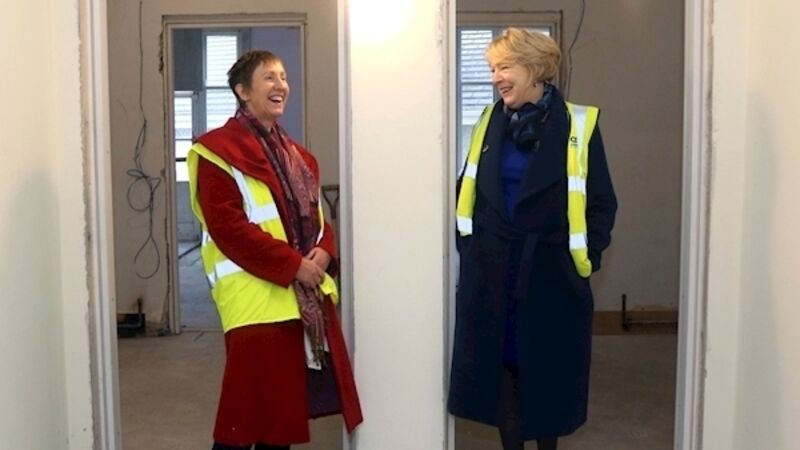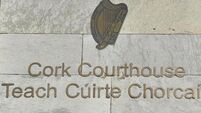Refuge to open near former Magdalene laundry

Just over 35 years since Galway’s notorious Magdalene laundry closed its doors, a new refuge for women and children is nearing completion in convent grounds next door.
Inspirational women in Irish history, such as political activist Dr Kathleen Lynn and Cork-born British military surgeon Dr James Miranda Steuart Barry, will lend their names to the new apartments being constructed for the €4m project which has been spearheaded by Cope Galway, which works with both homeless and domestic abuse victims, after a lease was offered for the convent by the Mercy Order.
Like many support services for domestic abuse, Cope Galway has been under severe space pressure at its existing premises at Waterside House in Galway City.
Demand for its service is growing — some 607 women contacted the service between January and November 2019.
Of that number, 10% used the refuge, according to Cope Galway’s domestic abuse services manager Dr Carol Baumann and its head of development Sharon Fitzpatrick.
Although no one is ever turned away, Cope Galway was unable to accommodate 156 individual women and 262 children seeking help on 190 occasions last year, and emergency beds were sought elsewhere.
The new building, named Módh Eile, “another way”, will allow it to help 50% more women and children in immediate need of accommodation.
Other services such as outreach and childcare, along with a dedicated women’s room and space for teenagers, will also be offered in the building, which retains some of its original interior features.
This includes the “Tower”, a stairway landing where Magdalene women gathered to catch a glimpse of Galway people from over the high convent wall.
Cope Galway acknowledged that the convent had many unhappy memories for people living in and around the West, and so it commissioned research from former Magdalene laundry residents, surviving family members, and Galway residents who remembered them.
Galway City Council and the Heritage Council funded headstones for women who had been buried on the grounds, as part of the research conducted by John Tierney of the Historic Graves project and archaeological firm Eachtra.
The organisation received €2.4m in a capital assistance scheme grant, and a number of donations. It is still short some €400,000 to finish it off, as Galway’s €39m European Capital of Culture year opens.












